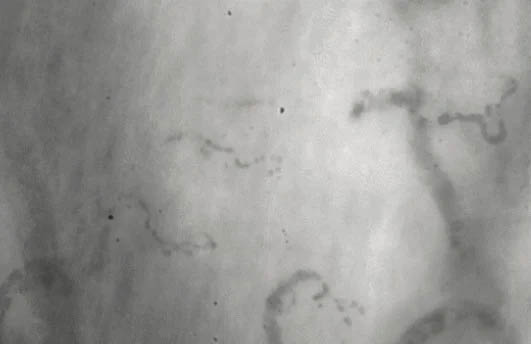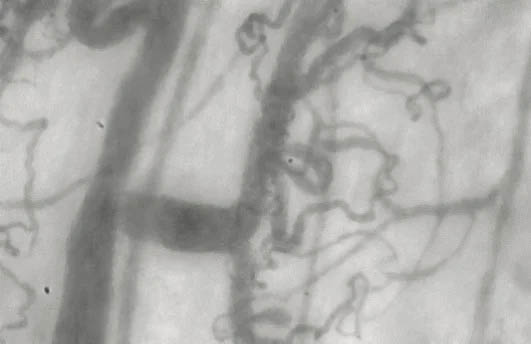- Home
- Who We Are
- Shop
- Products
- GlycoCheck
- The Science
- Study: Improving Aortic Aging with Endocalyx Pro
- Improve Vascular Health with This Supplement
- Promising Supplement for Kidney Health
- Inositol & Insulin Resistance
- PEMF Therapy Benefits
- Maximizing Mediterranean Diet Benefits
- Glycocalyx (eGC): What is Endothelial Glycocalyx?
- 9 Tips for a Healthy Aging Lifestyle
- More Science….
- News & Events
- Join
- Login

MicroVascular Health Score Technology
Automated Patented TEchnology
Physicians can now quantify capillary density, capillary blood volume, blood flow and red cell velocity, and endothelial glycocalyx function with non-invasive technology. A healthy microvascular system should have a sufficient number of microvessels that facilitate blood flow to the tissue cells.
To maintain a healthy microvascular system and to prevent loss of microvessels, the microvascular system is coated on the inside of each individual microvessel with a protective gel-lining, called the GLYCOCALYX. This protective coating prevents blood cells from sticking to the wall and fluid from leaking through the walls of microvessels. The GlycoCheck system measures how deep red blood cells can penetrate into the protective glycocalyx coating, which is reflected in the PBR value. A high value means deeper penetration and more damage of the glycocalyx lining.
Overall health of the microvascular system is represented by the MVHS Score (MicroVascular Health Score) that is calculated from capillary blood volume, red cell velocity, and PBR (lower values are better).
Example GlycoCheck Images Measuring MicroVascular Health Score
Before and After Using Endocalyx Pro*


Unhealthy microcirculation (before)
Month 0 – BEFORE taking Endocalyx Pro
Low Microvascular Health Score = 0.6
Healthy microcirculation (after)
Month 4 – AFTER taking Endocalyx Pro
High Microvascular Health Score = 3.9
These before and after images were captured by the GlycoCheck micorvascular testing system. GlycoCheck analyzes capillaries that are as small as 4 microns, so small that about 100 of these tiny capillaries fit inside a human hair.
*Results will vary based on each individual patient. GlycoCheck is a monitoring device and not intend to diagnose any disease.
How GlycoCheck Measures MicroVascular Health Score
A clinical video microscope detects the erythrocytes within the small, sublingual blood vessels. Then, the GlycoCheck software records, detects and analyzes the blood vessels ranging from 5 to 25 micrometers in diameter.
The automatic analysis consists of the detection of the center lumen of every blood vessel and detection of the outer boundaries of the erythrocytes. The distance between the red blood cell column and this outer boundary is identified as the perfused boundary region (PBR). The PBR value is calculated on 3,000 individual positions, which makes the measurement results sensitive, yet very reproducible. A higher PBR value corresponds with a proportional decrease in the thickness of the glycocalyx layer.
There are 3,000 vascular segments per test. These segments process 3,000,000 capillary markers tracking the movement of the red blood cells and how they interact with the endothelial glycocalyx.
Results are delivered within minutes after the test is completed, and a microvascular health report is created.
Science Articles
Quick Navigation
Contact Info
NuLife Sciences, Inc.
7407 Ziegler Rd
Chattanooga, TN 37421
(800) 398-9842




